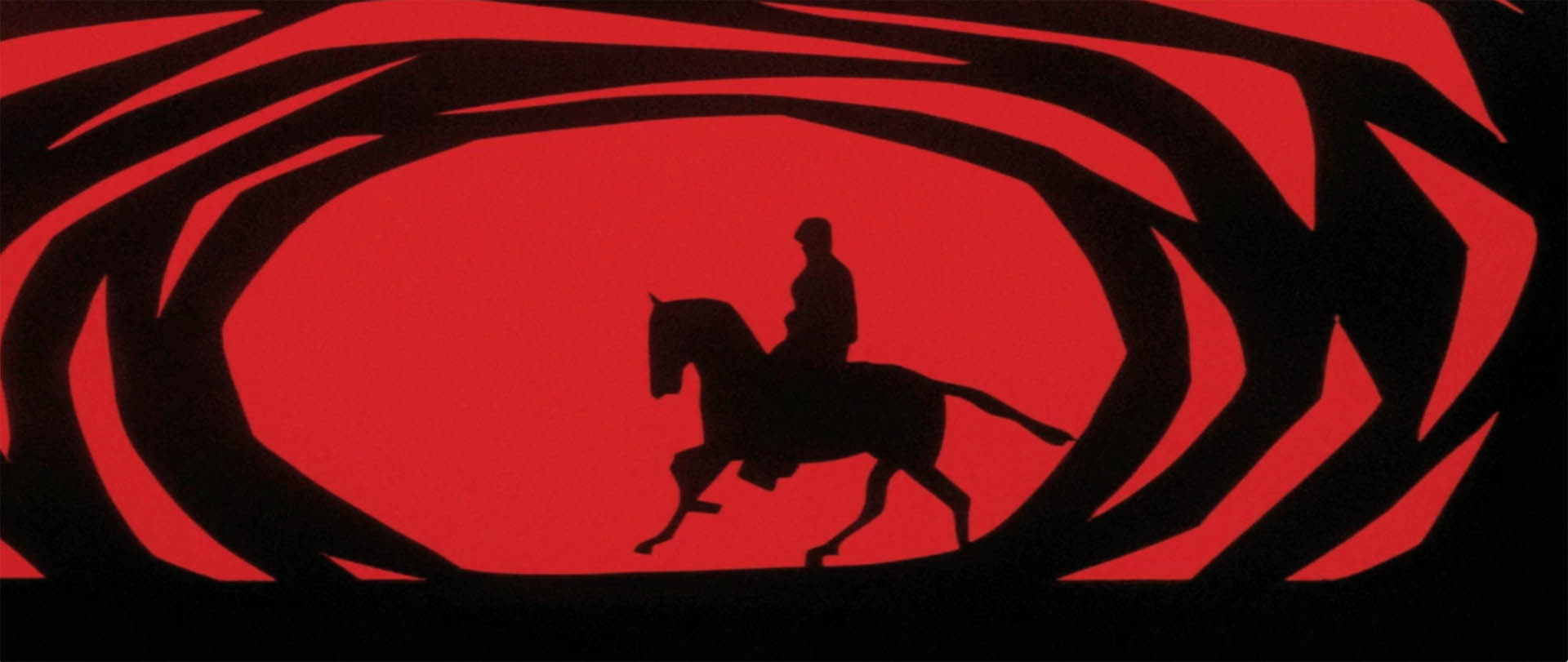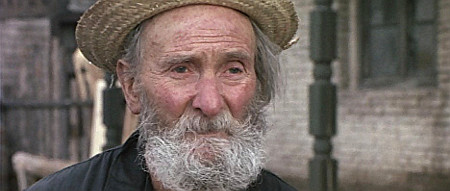












Food:
Mushroom Quesadillas!
- Chop onion. Drizzle oil in pan, and cook onion until soft. Season with salt & pepper. Add button mushrooms, a small amount of mushroom flavored stock concentrate and 2 tablespoons of water.
- Take out tortilla and sprinkle Cheddar cheese on one half. Then fill with mushroom mixture, and then sprinkle Pepperjack cheese over top. Fold tortilla in half.
- Drizzle olive oil on pan, and warm tortilla til slightly crispy. Flip over and warm the other side. Voila!
Western Film Series #8:
“A Fistful of Dollars” (1964), directed by Sergio Leone with music by Ennio Morricone, was Clint Eastwood’s first major film role. He plays “Man with No Name,” a nomadic traveler who finds himself witnessing a scuffle between some of the locals in the small Mexican village of San Miguel. He finagles his way into the middle of the drama between the Rojo brothers (Antonio Prieto, Benny Reeves, Sieghardt Rupp) and the Sheriff John Baxter (Wolfgang Lukschy).
Immediately impressing the townspeople during a shootout with composure and dexterity, the Man with No Name finds himself an opportunity to get involved. As it turns out, the two families, the Rojos and the Baxters, are both smuggling contraband and are therefore at war with each other. The Man with No Name is able to help a woman he cares for, Marisol (Marianne Koch), and make money by playing both sides for his own benefit, feeding them misinformation and killing men.
Sergio Leone’s “Dollars Trilogy,” also known as “the Man with No Name Trilogy” (Italian: Trilogia dell’Uomo senza nome) or the “Blood Money Trilogy,” sparked a subgenre of Western filmmaking called Spaghetti Westerns – Italian-made Westerns starting in the 1960s. The three films included in the trilogy are this one, made in 1964, “For a Few Dollars More” (1965) and “The Good, the Bad and the Ugly” (1966). Not only did this series start the Spaghetti Western genre, but it paved the way for many similar films to follow, including “Django” (1966) and “The Return of Ringo” (1965). The introduction to the film, a black and red animation with “ka-pow!” comic book style gun shots and a whistle blowing score, is a clear source of inspiration for many of style choices seen in Quentin Tarantino’s work decades later.
The film is precisely shot. It is characterized by moody glances from under the Stetson hat silhouette, each frame capitalizing on its iconic look with shadows, lighting and thoughtfully composed cinematography. Despite the fact that our mysterious stranger in the lead is given no backstory or personality that one can cling to, his confidence and skill at manipulating his circumstances succeeds at intriguing viewers enough to care.
“A Fistful of Dollars” an officially remake of a Japanese film called “Yojimbo” (1961) by Akira Kurosawa. “Yojimbo” tells the story of a rōnin (浪人, “drifter” or “wanderer”), a samurai without a lord or master, who arrives in a small town where competing crime lords each try to hire the newcomer as their bodyguard. When asked about the similarities, Leone’s wife, Carla, said, “I remember going to see Yojimbo with [Leone], and he got the idea of turning it into a Western there and then.” Director, Sergio Corbucci, apparently recalled Leone “slaving over a moviola machine and copying Yojimbo, changing only the setting and details of the dialogue.” Akira Kurosawa wrote Sergio Leone a letter saying, “Signor Leone, I have just had the chance to see your film. It is a very fine film, but it is my film.” Eventually, all of this resulted in a successful lawsuit for the production company behind “Yojimbo,” Toho Co. Ultimately, though, what a “remake” like this can show a cinephile, is that setting, sound and images can change the same frame into a new achievement.
“A Fistful of Dollars” is a remarkable film, with its cinematography and score to elevate the story at every moment. It is a John Wick type tale in a desert landscape. Where the Westerns that came before this one seemed to rely more heavily on the storytelling, this represented a shift in filmmaking where violence shown on screen was taken up a notch. It also exemplified Sergio Leone’s unique style, which he has self-described as operatic. He plays up the drama with extreme close-ups amidst the action, and according to Christopher Frayling during his audio commentary, “[the extreme close-ups were] functioning like arias in a traditional opera. The rhythm, emotion, and communication within scenes can be attributed to Leone’s meticulous framing of his close-ups.” He goes on to say that where often close-ups are used to show reactions to dialogue, “Leone’s close-ups are more akin to portraits, often lit with Renaissance-type lighting effects, and are considered by some as pieces of design in their own right.”
Lastly, Ennio Morricone went down in history as one of the greatest film composers of all time (having worked on many Spaghetti Westerns, Tarantino films, as well as legendary films like “Cinema Paradiso” and “The Untouchables”). For this piece, Leone requested that Morricone create something that resembles the music by Dimitri Tiomkin’s El Degüello, used in Rio Bravo (1959).
“A Fistful of Dollars” is an alluring, magnificent and acclaimed piece of cinema that should be seen by any and all film lovers.
Leave a comment